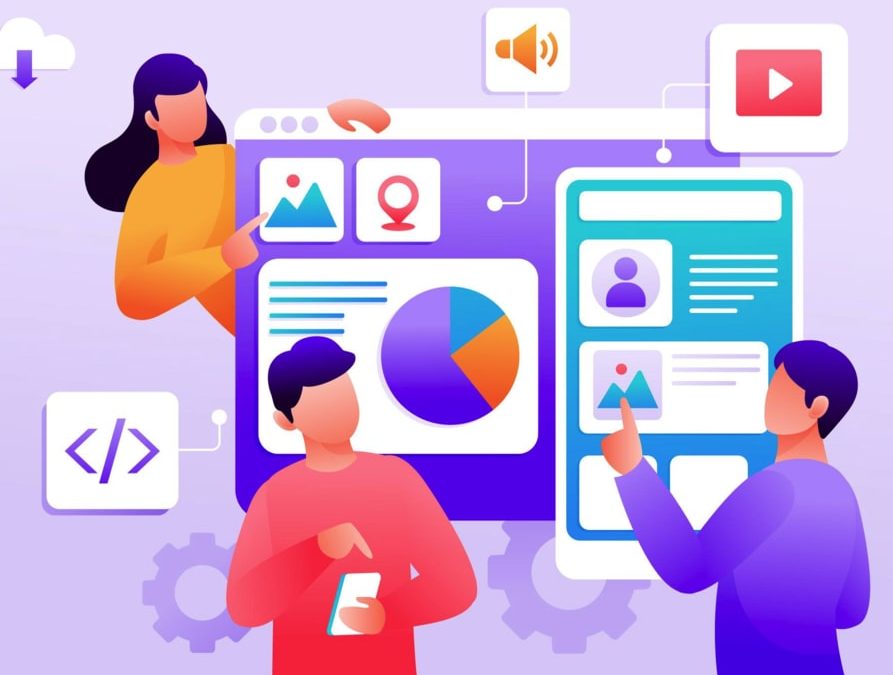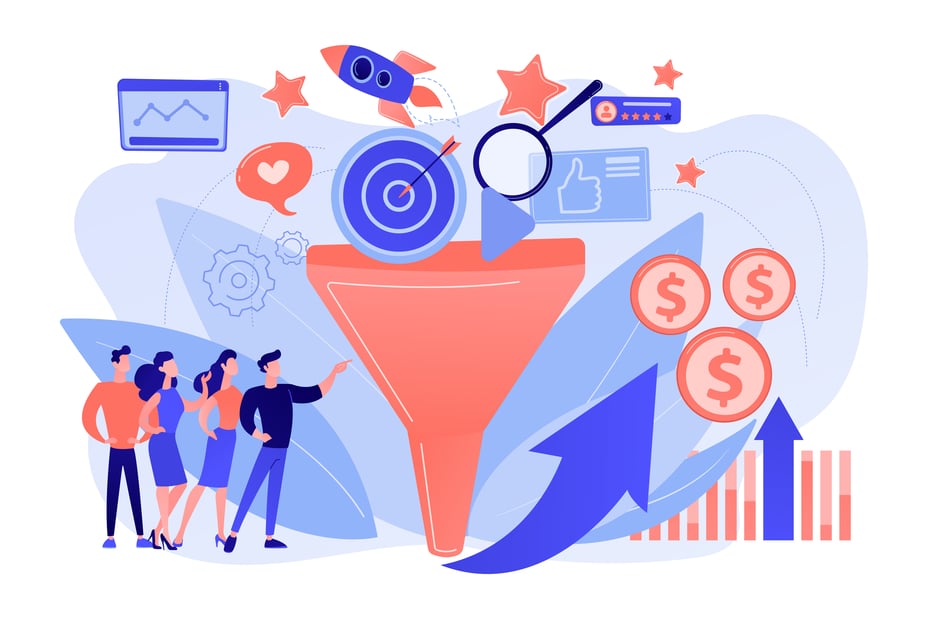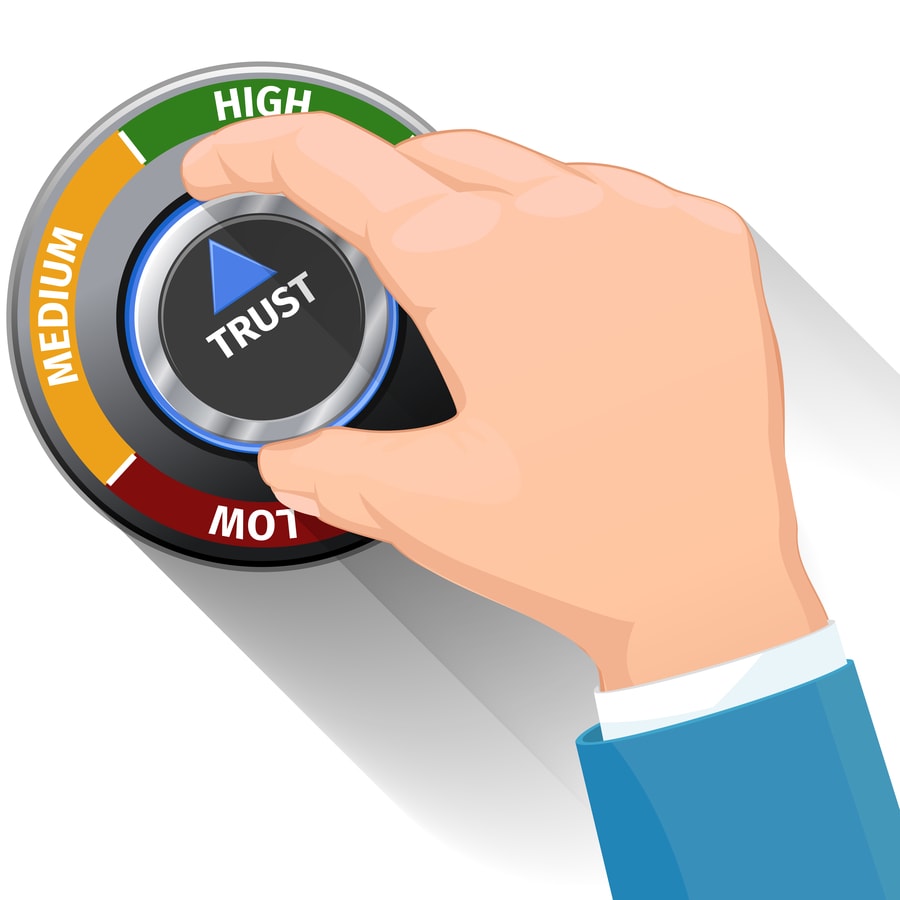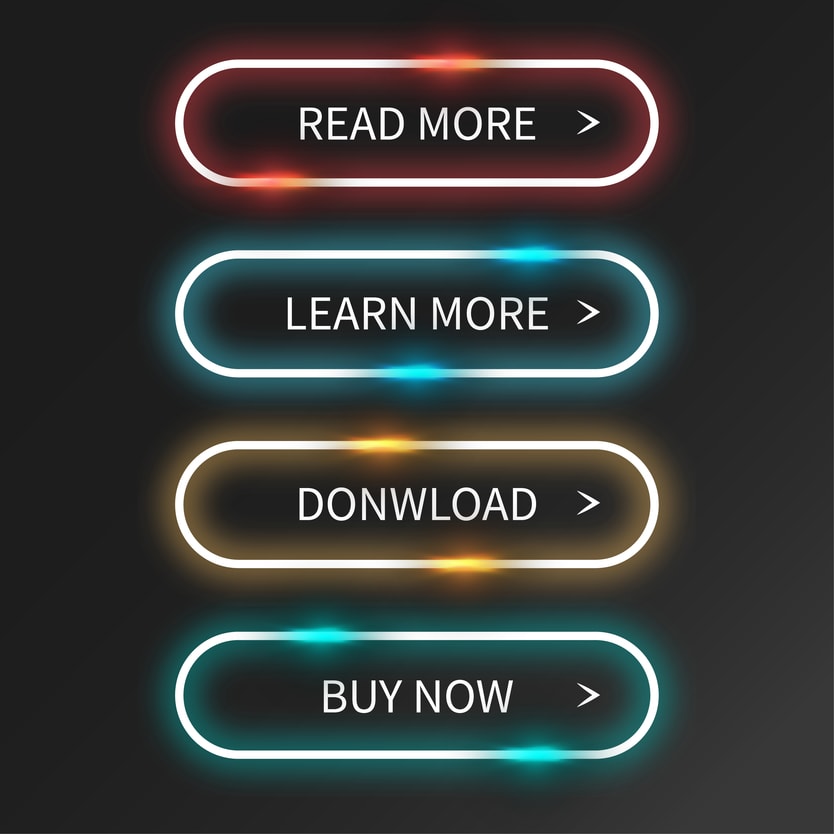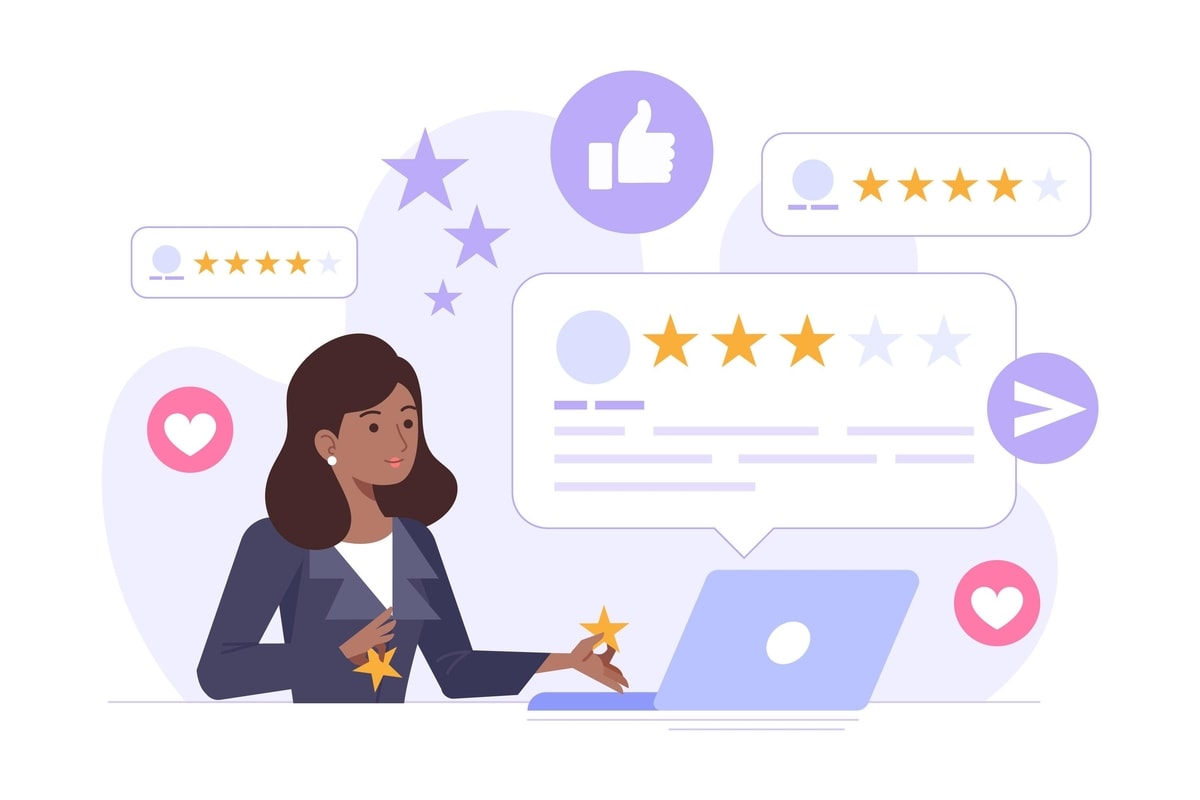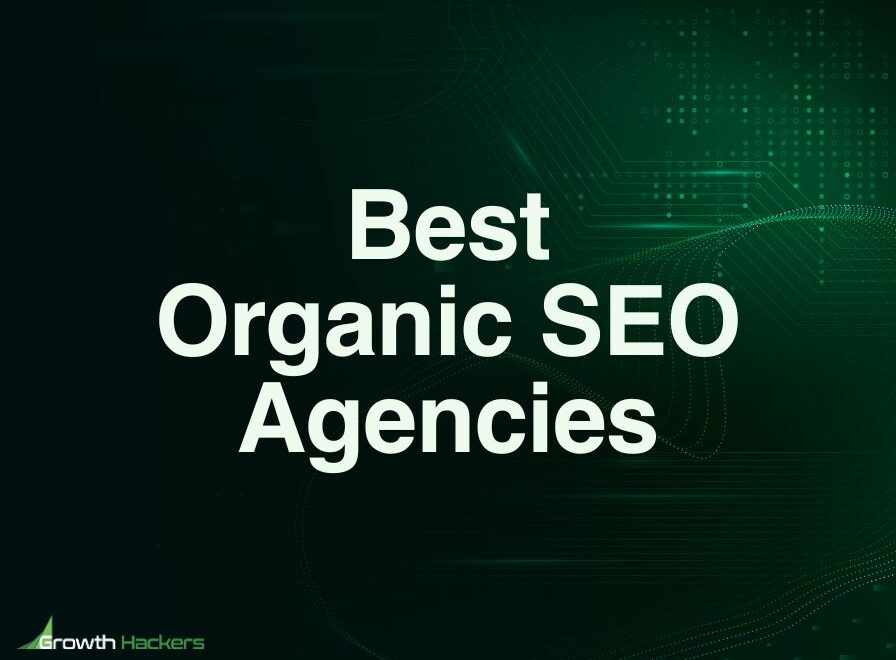One of the essential pages on your website is your landing page in the online marketing world. This is the first impression potential customers will have of your business, so ensuring that your landing page leaves a good impression.
A landing page is a standalone web page designed for a specific marketing campaign or offer. The purpose of a landing page is to convert visitors into leads or customers.
Whether you are running a PPC campaign, email marketing campaign, or any other online marketing campaign, you must create a landing page to maximize your results. Every campaign is different, so your landing page should be designed to match the offer and target audience.
It has been said that the average attention span of an internet user is eight seconds. This means you have a concise amount of time to make a good impression and convince visitors to stay on your page.
If your landing page is not up to par, you will likely see a high bounce rate, meaning visitors are leaving your page without taking any action. A good landing page experience is essential to generating leads and sales from your online marketing campaigns.
This article will discuss some of the attributes that make up a good landing page experience and how you can create one for your business.
What is a Landing Page?
A landing page is a web page designed for a specific marketing campaign or offer. The purpose of a landing page is to convert visitors into leads or customers. They are typically used in online marketing campaigns, such as PPC, email, and social media. They are also used in lead generation and lead capture campaigns.
It is important to note that not all web pages are landing pages. A landing page is a specific type of web page designed for a particular purpose. Like all web pages, a landing page has a URL and can be found by search engines. However, a landing page is different from other web pages.
For example, a landing page is typically a standalone web page, not part of a website navigation hierarchy. This means that a visitor can only reach a landing page by following a link from another web page, such as an advertisement or an email.
A landing page is also designed for a specific marketing campaign or offer. This means that the content and design of a landing page are focused on a single purpose: to convert visitors into leads or customers.
Generally, a good landing page experience is relevant to the visitor and easy to use. The landing page should be designed for the specific marketing campaign or offer, and the content should be relevant to the visitor. The landing page should also be easy to use, with a clear call to action and a simple form that can be easily completed.
What are the Types of Landing Pages?
There are five types of landing pages:
Click-through pages
These are designed to increase brand awareness or generate leads for a sales team. A click-through landing page aims to get visitors to click through to another page on your websites, such as your home page or the product page.
Click-through pages typically have a strong call to action and persuasive copy to achieve this. Since the goal is to get visitors to click through to another page, click-through pages typically do not have a form.
Lead capture pages
These are designed to collect contact information from potential leads, such as their name, email address, and phone number. A lead capture landing page aims to get visitors to fill out a form and submit their contact information. If you are running a lead capture campaign, it is important to have a form on your landing page.
The ad rank and quality score for your lead capture campaign will be based on the quality of your landing page, so it is important to make sure that your form is easy to complete and that the information you are asking for is relevant to your campaign.
Sales pages
When you want to make a sale directly from it, you must create a sales page. A sales page is designed to convince visitors to make a purchase. The goal of a sales page is to get visitors to buy your product or service.
They will typically include a pricing table, product information, testimonials, and a call to action. Most sales pages will also have a form, although some businesses use a shopping cart instead. The personal information you collect on a sales page will be used to generate leads for your sales team.
Upsell pages
These are designed to increase the value of a sale by getting customers to purchase additional products or services. The goal of an upsell page is to get customers to add more items to their orders or upgrade to a higher-priced product. Since your goal is to get customers to spend more money, upsell pages typically have a strong call to action and persuasive copy.
Thank you pages
After a visitor takes action on your landing page, such as filling out a form or making a purchase, they will be redirected to a thank you page. The goal of a thank you page is to thank the visitor for taking action and to provide them with the next steps, such as subscribing to your email list or downloading a free ebook.
Thank you! Pages can also be used to collect contact information from potential leads. For example, you can include a form on your thank you page that allows visitors to sign up for your email list.
Let us help you create an effective landing page experience and boost your conversions.
What is the Purpose of a Landing Page?
A landing page is a specific web page designed to promote a product or service. Typically, the first page visitors will see when they arrive at a website. It has several purposes:
Increase conversion rates
Landing pages are designed to encourage visitors to take a specific action, such as making a purchase or signing up for a newsletter. Offering a clear and concise message can increase conversion rates and lead to more sales or sign-ups.
It has been reported that conversion rates can be as high as 22% for a well-designed landing page. In contrast, the average conversion rate for a website is only 2-4%, which means that a landing page can be up to 10 times more effective than your website.
Generate leads
A lead is a potential customer interested in your product or service. They effectively generate leads by collecting contact information from visitors in exchange for a freebie or discount.
This is done by adding a form to the landing page where visitors can enter their email addresses and other information. Once the visitor submits the form, they are redirected to a “thank you” page with more information about the product or service.
Build trust and credibility
A good landing page will build trust and credibility with visitors by providing them with all the information they need to make an informed decision. This includes testimonials, customer reviews, case studies, and trust badges.
By building trust, they can increase conversion rates and leads. It has been reported that 43% of people are more likely to buy from a testimonial. When considering a purchase, 60% of people will read reviews first. Also, 4 out of 5 people will not buy from a website if it lacks trust badges.
Promote a product or service
Landing pages are an effective way to promote a product or service. Providing visitors with information about the product or service and a call-to-action (CTA) can encourage visitors to purchase.
A CTA is a button or link that tells the visitor what action to take. For example, a CTA on a landing page for a product might say “Buy Now” or “Add to Cart.” A CTA on a landing page for a service might say “Sign Up” or “Learn More.”
Drive traffic to a website
Landing pages can drive traffic to a website by creating a landing page for a specific product or service and promoting it through ads or social media.
This is an effective way to increase web traffic and leads. It has been reported that paid search ads that include it can increase conversion rates by as much as 36%. When considering organic search, landing pages can increase traffic by 55%.
Even social media can be used to drive traffic to it. It has been reported that posts with a call-to-action (CTA) are 42% more likely to get clicked on than those without a CTA.
What are the Attributes of a Good Landing Page Experience?
There are a lot of landing page do’s and don’ts you should be aware of when designing landing pages. Several attributes make up a good landing page experience. These include:
A clear and concise message
When visitors arrive at a web page, they should immediately know what the product or service is and the CTA. The message should be clear and concise, so visitors don’t get confused or lost.
As we mentioned before, conversion rates can be as high as 22% for a well-designed landing page. So, it’s important to make sure that your message is clear and easy to understand.
You can also use images and videos to help deliver your message. Just make sure that they are relevant and add to the overall experience. Or else, you run the risk of confusing or frustrating visitors.
A well-designed layout
The layout of a landing page should be well-designed and easy to navigate. The goal is to keep visitors focused on the CTA. So, the layout should be simple and organized.
There are several things to consider when designing the layout. This includes the use of whitespace, images, videos, and forms.
Whitespace is important because it helps to keep things organized and easy to read. Images and videos should be used sparingly and only if they are relevant. And forms should be placed where they are easy to find and fill out.
A strong call-to-action
As we mentioned before, a CTA is a button or link that tells the visitor what action to take. For example, a CTA on a landing page for a product might say “Buy Now” or “Add to Cart.” A CTA on a landing page for a service might say “Sign Up” or “Learn More.”
A call-to-action is one of those key components of a landing page that you shouldn’t overlook. A CTA should be clear, concise, and visible. It should be placed in a spot where visitors will see it, and it should stand out from the rest of the page. The color, size, and shape of the CTA can all affect its visibility.
Make sure all the attributes to create a good landing page experience are included!
Relevant and targeted content
The content on a landing page should be relevant and targeted to the product or service. Visitors should be able to quickly and easily find the information they are looking for.
If a visitor is looking for a landing page about a product, the content should be all about the product. And if a visitor is looking for a landing page about a service, the content should be all about the service.
The use of keywords can also help to ensure that the content is relevant and targeted. By including relevant keywords, you can help to improve the chances that your landing page will show up in search results.
If the content is not relevant or targeted, visitors will likely leave the page and go to another website. This will increase your bounce rate and decrease your conversion rate.
Testimonials and customer reviews
Including testimonials and customer reviews on a landing page can help to increase conversion rates. They provide social proof that the product or service is good.
Testimonials are a form of endorsement. They are a way for customers to say that they liked the product or service and would recommend it to others. Customer reviews are a bit different. They are more like a detailed account of the customer’s experience.
Both testimonials and customer reviews can help to build trust and credibility. And when visitors trust the product or service, they are more likely to convert.
An easy use of the form
The form on a landing page should be easy to use. It should be short, simple, and easy to understand. The goal is to get visitors to fill out the form and submit their information.
If the form is too long or complicated, visitors will likely get frustrated and give up. And if the form is not easy to understand, visitors will not know what to do.
So, it’s important to make sure that the form is short, simple, and easy to understand. The best way to do this is to test it out yourself. Try filling out the form and see how long it takes if it takes more than a few minutes.
Including a privacy policy
It’s important to include a privacy policy on your landing page. This is because it helps to build trust with visitors. A privacy policy is a statement that explains how you will use the visitor’s information.
For example, if you are going to collect email addresses, you should explain how you will use those email addresses. Will you send promotional emails? Will you sell the email addresses to third-party companies?
By including a privacy policy, you can help to build trust with visitors. And when visitors trust the product or service, they are more likely to convert.
Trust badges
Trust badges are another way to help build trust with visitors. Trust badges are logos or images that show that a website is safe and secure.
For example, many websites have a “Secure SSL” badge to show that their website is encrypted. This helps build trust with visitors because it shows that their information will be safe. And when visitors trust the product or service, they are more likely to convert.
Final Words on Which Attributes Describe a Good Landing Page Experience
You need to remember that a homepage is different from a sales page, a splash page or a landing page. In the online world, first impressions are everything. And your landing page is often the first impression visitors will have of your website. So, it’s important to make sure that your landing page is designed for success.
This article has discussed some of the attributes that describe a good landing page experience. Whatever business you’re in, these tips can help you create a better landing page and improve your conversion rates.
Please share this article with your friends and followers if you found this article helpful. And if you have any questions or comments, please leave them below. Thanks for reading!
Growth Hackers is a certified landing page design company helping businesses from all over the world grow. There is no fluff with Growth Hackers. We help entrepreneurs and business owners making sure all the attributes are included to create high-converting landing page experiences, generate qualified leads, optimize their conversion rate, gather and analyze data analytics, acquire and retain users and increase sales. We go further than brand awareness and exposure. We make sure that the strategies we implement move the needle so your business grow, strive and succeed. If you too want your business to reach new heights, contact Growth Hackers today so we can discuss about your brand and create a custom growth plan for you. You’re just one click away to skyrocket your business.

